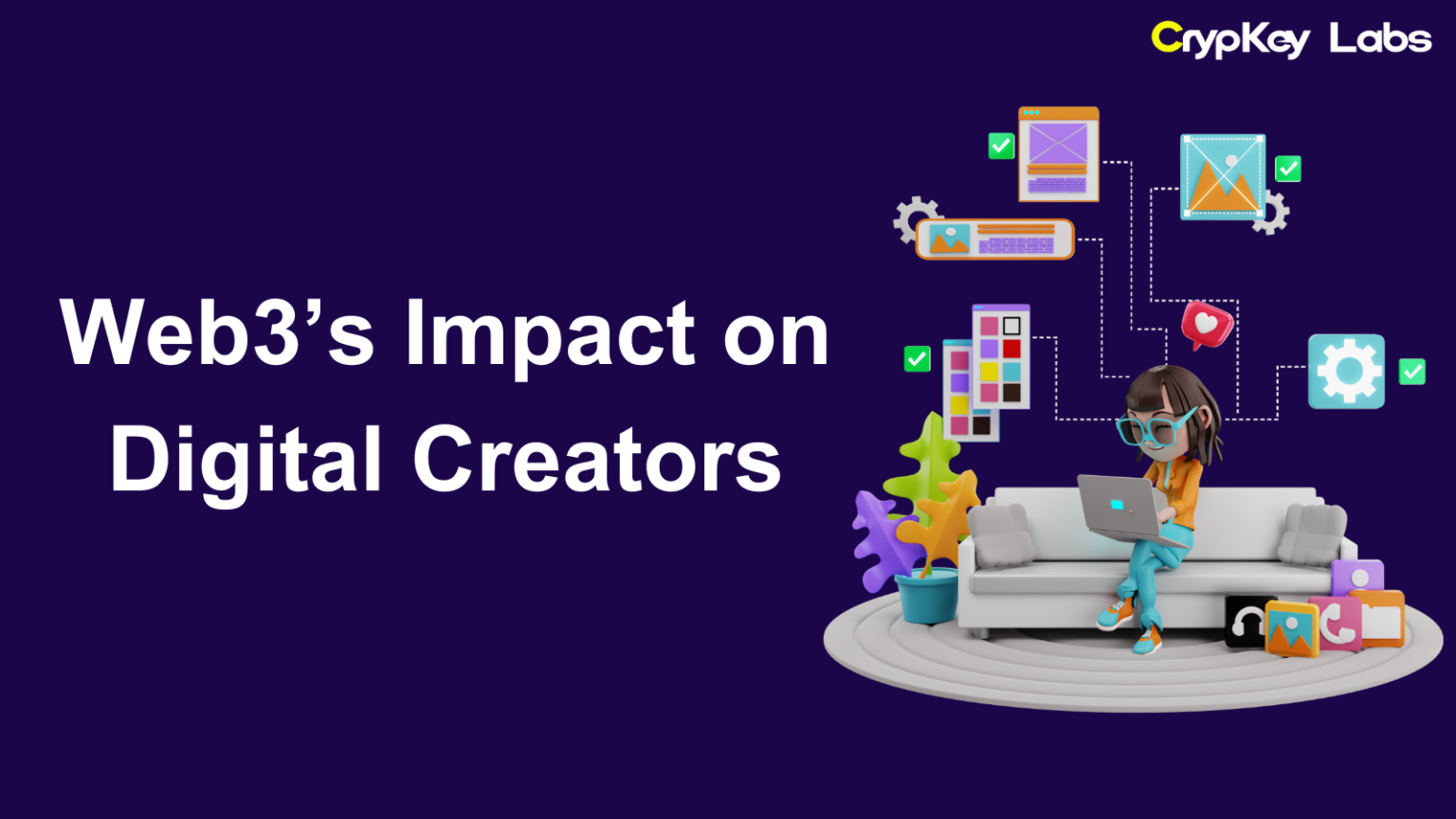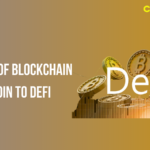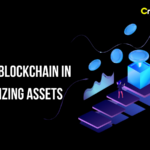The rise of digital platforms over the past decade has opened up countless opportunities for creators. However, despite the opportunities, the current ecosystem (commonly known as Web2) has limitations that have hindered creators from maximizing their potential. Enter Web3, a decentralized evolution of the internet, offering creators more control, ownership, and financial independence. In this blog, we’ll explore how Web3 is reshaping the digital creator landscape and why it matters.
The Shift from Web2 to Web3 for Creators
For the past decade, creators have largely operated within Web2 platforms like YouTube, Instagram, TikTok, and Twitter. These platforms have provided creators with a space to share their content and build an audience. But there’s a catch: these platforms are owned by corporations that control how content is distributed, how it’s monetized, and who gets paid.
One major limitation of Web2 is platform control. Creators rely heavily on platforms’ algorithms, and many face sudden demonetization, account bans, or changes in policies that can significantly impact their livelihoods. Revenue cuts are another big issue: platforms take a significant percentage of ad revenue or sales generated through content.
Web3 promises to change this. By using blockchain technology, Web3 introduces decentralization, where ownership and control shift from big corporations to individual creators and users. The transition to Web3 means creators can now truly own their content, monetize it directly, and have full control over their work.
Ownership and Control Over Content
One of the biggest advantages of Web3 for creators is ownership. In Web2, platforms host your content; they set the rules and can even remove your content or limit its reach. But in Web3, creators maintain full control over their work. This is possible because of blockchain technology, which is a transparent and decentralized ledger system.
In a Web3 environment, creators can mint their work as NFTs (Non-Fungible Tokens). An NFT represents a unique digital asset stored on a blockchain, verifying its ownership and authenticity. Once a creator mints an NFT, they hold complete control over how that asset is distributed or sold. It’s a fundamental shift—creators no longer rely on platforms like Instagram or YouTube to prove they own their work. Instead, the blockchain does that for them.
Consider a visual artist who creates digital paintings. In Web2, they might sell prints through a third-party platform, with the platform taking a commission. In Web3, the artist can mint their artwork as an NFT, sell it directly to buyers, and retain control over secondary sales, meaning they can earn royalties every time the piece is resold. This gives creators unprecedented ownership over both the financial and creative aspects of their work.
Direct Monetization Without Middlemen
Web2’s reliance on middlemen (such as advertising platforms, brands, and streaming services) means that creators often receive only a fraction of the revenue their content generates. Platforms typically take a cut of the earnings, leaving creators with a smaller share of the profits. For example, YouTube keeps around 45% of ad revenue, and Patreon takes up to 12% of creators’ earnings.
Web3’s decentralization introduces direct monetization models, allowing creators to bypass these middlemen and engage directly with their audience. Payments can be made through cryptocurrencies or smart contracts, which automatically execute when certain conditions are met.
With smart contracts, creators no longer need to rely on third parties to ensure they get paid. These contracts are self-executing agreements stored on a blockchain, ensuring that payments are made as soon as the agreed-upon conditions are met. For example, a musician can release an album as an NFT, with a smart contract that automatically splits the earnings between collaborators.
Additionally, creators can tokenize their work and set up revenue streams through subscription services powered by cryptocurrencies, where fans can directly support their favorite creators. By cutting out intermediaries, creators in Web3 keep more of their earnings and have more control over how they get paid.
Enhanced Creative Freedom and Censorship Resistance
Web2 platforms, being centrally controlled, can restrict content or ban accounts that violate their guidelines. This has led to instances where creators face censorship or deplatforming, often without recourse. Web3 offers censorship resistance, meaning creators can publish their work on decentralized platforms without fear of corporate restrictions.
In Web3, decentralized platforms like Audius for music, or Mirror for writing, allow creators to share their work without worrying about censorship or algorithms that limit their reach. These platforms operate on blockchain technology, where control is distributed across users, and no single entity can remove content or restrict access.
For instance, on Audius, a decentralized music-sharing platform, musicians can upload their songs and reach a global audience without the platform imposing restrictions or taking a huge cut of the revenue. This ensures greater creative freedom for artists, allowing them to experiment with their work without the risk of being penalized by a central authority.
New Ways to Engage with Fans and Communities
Web3 introduces new, decentralized ways for creators to interact with their fans. One of the most exciting developments is the rise of DAOs (Decentralized Autonomous Organizations). DAOs allow communities to come together and make collective decisions, often using a token-based voting system. For creators, this opens up a new way to engage and collaborate with their audience.
Imagine a filmmaker releasing their next project through a DAO. Fans who hold the project’s token can vote on certain aspects of the film, like casting or plot details. This allows for a more collaborative and interactive experience, where fans become part of the creative process. In return, creators can offer exclusive content or rewards to their most loyal supporters, deepening the bond between them and their audience.
Creators can also build community tokens, allowing fans to invest directly in their success. These tokens give fans a stake in a creator’s career, whether that’s through exclusive content, early access to new projects, or other perks. This token-based engagement model ensures a more connected and supportive community.
Challenges and Barriers to Entry
While Web3 holds immense promise for creators, there are still challenges that need to be addressed. One of the biggest barriers is the technical knowledge required to enter the Web3 space. Creators need to understand how to use cryptocurrency wallets, interact with blockchain platforms, and navigate smart contracts. For many, this can be intimidating.
Moreover, the adoption rate of Web3 technologies is still relatively low compared to traditional Web2 platforms. While there’s growing interest, many fans and consumers are unfamiliar with how to purchase NFTs, use decentralized platforms, or engage with cryptocurrencies.
That said, these challenges are likely to diminish over time as Web3 becomes more user-friendly. With more tools and platforms simplifying the Web3 experience, the barriers to entry will gradually lower, allowing more creators to take advantage of these new opportunities.
The Future of Creators in a Decentralized Web
As Web3 continues to evolve, the possibilities for creators are vast. New revenue streams are emerging in the form of tokenized experiences, metaverse events, and blockchain-powered collaborations. In the near future, creators could host concerts or art exhibitions in the metaverse, allowing fans to attend from anywhere in the world and purchase exclusive NFTs directly from the event.
Additionally, Web3 enables creators to earn royalties automatically through smart contracts, ensuring they continue to benefit from their work even after it’s sold or licensed. For example, an artist who sells an NFT today can receive a percentage of future sales whenever that NFT is resold, providing a long-term revenue stream.
In short, Web3 offers creators the tools to build sustainable careers with greater autonomy, ownership, and financial rewards. As the ecosystem matures, the future of creators in a decentralized web looks incredibly promising.
Conclusion
Web3 is transforming the digital creator landscape, offering new ways for creators to own their work, engage with their audience, and monetize directly without middlemen. By empowering creators with ownership and creative freedom, Web3 is laying the foundation for a more equitable and dynamic creator economy.
As Web3 continues to grow, it’s crucial for creators to explore these new opportunities and embrace the future of the decentralized internet. The shift from Web2 to Web3 represents not just a technological change but a fundamental shift in how creators can build sustainable, independent careers in the digital age.







